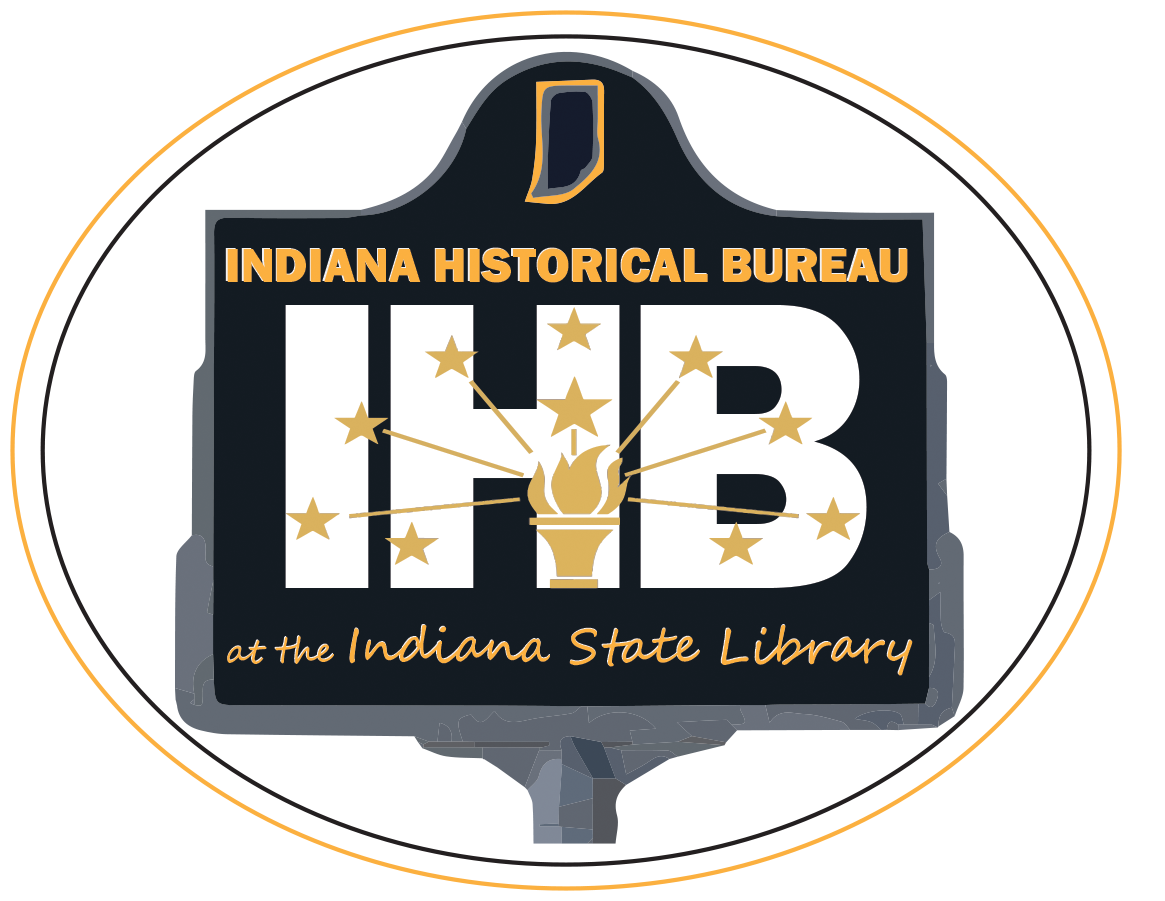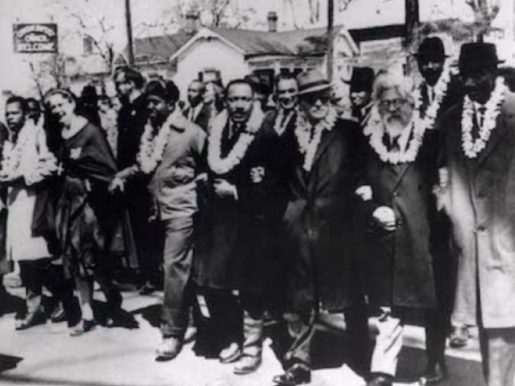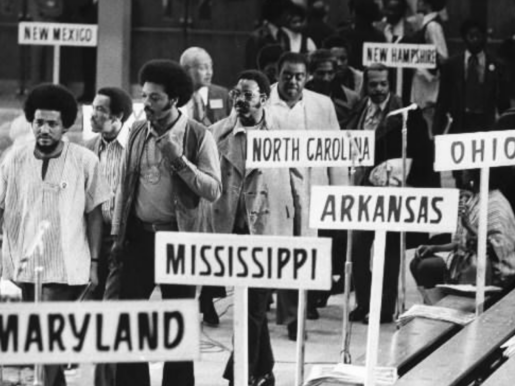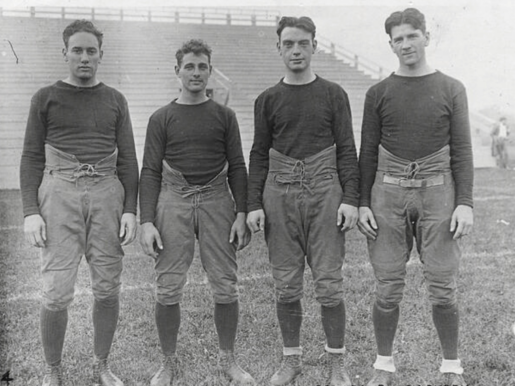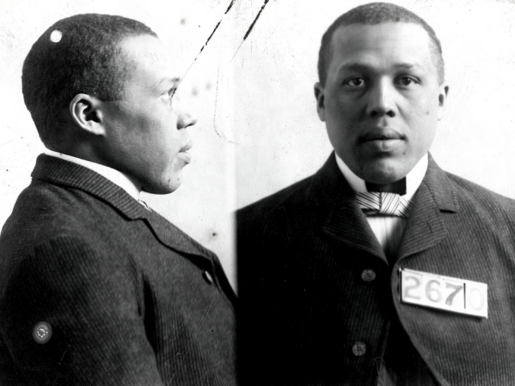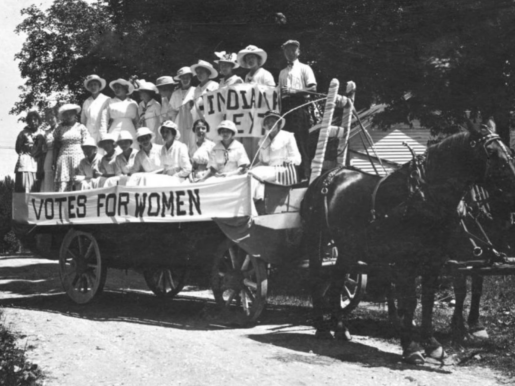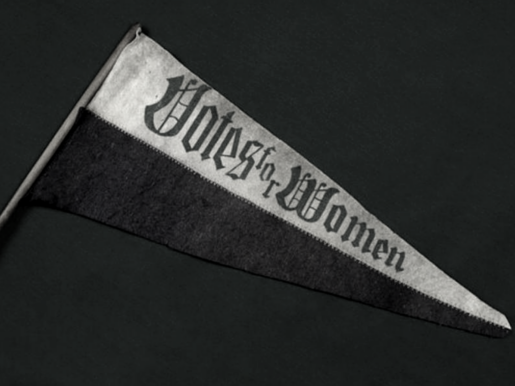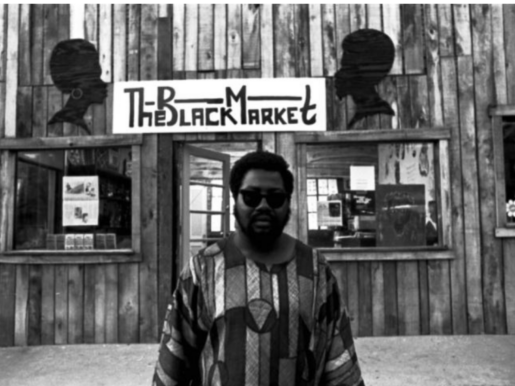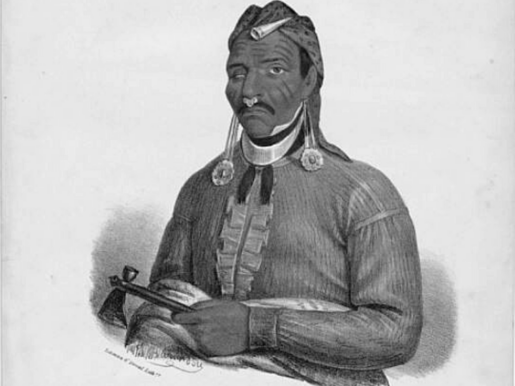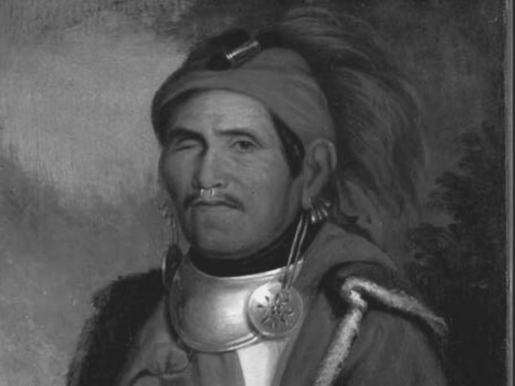“I Did Not Walk Alone:” The Civil Rights Work of Rabbi Maurice Davis
In 1965, at the height of the Civil Rights Movement, Reverend Dr. Martin Luther King, Jr. called for religious leaders representing all faiths to join him in Selma, Alabama, for a march responding to recent violence against peaceful protestors. Rabbi Maurice Davis of the Indianapolis Hebrew Congregation (IHC) answered this call, despite threats to his life. This episode looks at the work of Rabbi Davis to fight segregation and discrimination in Indianapolis, especially in housing and employment. It also considers why Jewish Americans joined the Black-led Civil Rights Movement in greater numbers than other groups and what lessons his work teaches us today about allyship and interfaith work for greater rights for all Americans.
“Tribe Come Home:” The 1972 National Black Political Convention
Thousands of Black Americans from around the country came to Gary, Indiana, for the 1972 Black National Political Convention to transform the Black Power Movement into the Black Political Power Movement. Leaders worked to channel collective outrage – caused by voter suppression and discrimination, as well as the assassinations of major Civil Rights leaders – into political reform.
Notre Dame Tackles the Klan
On May 24, 1924, the Ku Klux Klan attempted to hold a meeting in South Bend, Indiana. They were met with furious Notre Dame students and South Bend citizens, who banded together to drive the organization out of town. When the Klan used this confrontation as fodder for anti-immigrant, anti-Catholic propaganda, university administration needed to find a way to combat the smear campaign. They found their answer in a wildly successful Notre Dame football team.
Rufus Cantrell: King of Ghouls
Rufus Cantrell was a lot of things in his life: A driver. A porter. A clerk. An undertaker. In 1902, he added a new title to that list: The King of Ghouls. Cantrell, along with approximately seven other men, ran one of the most successful body-snatching syndicates in the city of Indianapolis. This is the story of his downfall.
Indiana Women’s Suffrage: The New Day Dawns
In this, the second of a two-part series covering the women’s suffrage movement in Indiana, we follow the women who dedicated their lives to the fight for enfranchisement to its end – the 19th Amendment to the U.S. Constitution.
Indiana Women’s Suffrage: The New Day Comes Slowly
In this episode, we meet the diverse suffragists who led Hoosier women’s fight for the vote during the re-invigoration of the movement starting around 1911. We follow them as they organize, educate, lobby, protest, and march in the streets.
The Black Market Firebombing
On December 26, 1968, the quiet was ripped away from Bloomington, Indiana when a Molotov Cocktail was thrown through the window of a small shop on the corner of Kirkwood Avenue and Dunn Street. But this was no random act of violence – it was a targeted attack. On this episode, we discuss the revolutionary spirit of 1968 on Indiana University’s campus, the racist backlash, and the repercussions that continue to echo from that backlash.
History Relevance 101
Last fall, IHB partnered with Conner Prairie and the National Council on Public History to host a workshop covering the History Relevance Campaign. On this episode, we bring the valuable discussions from that day to you, our listeners. We ask you the question: What do you expect from your historical institutions? What should you expect?
Tenskwatawa: The Rise and Fall of a Nation
In this second part of a two-part series, we follow Tenskwatawa, also known as “The Prophet,” as he gains power, eventually becoming the leader of the largest population center in the present-day midwest. We then examine the many factors contributing to his downfall.
Tenskwatawa: The Making of a Prophet
Shawnee political and religious leader Tenskwatawa, or The Prophet, rose from relative obscurity to become one of the most powerful figures of his time. In this episode, we explore how a series of visions guided The Prophet to attempt to change the course of history.
